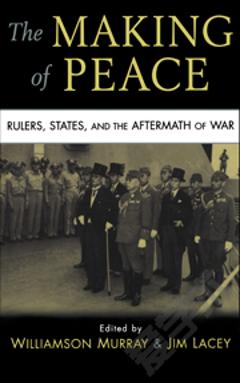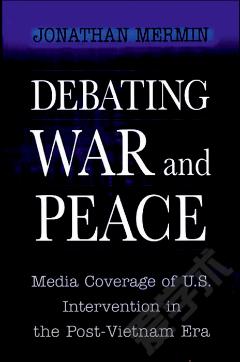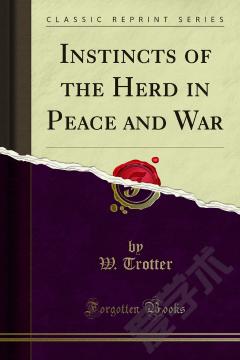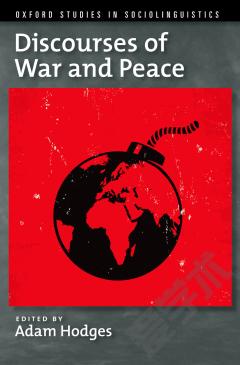Violence and Endurance: Representations of War and Peace in Post-War Central American Narratives
This is a volume of essays on post-civil war Central American narrative, bringing together leading experts in Central American literary and cultural studies from the USA, Central America and Europe to access recent developments in the region’s artistic output – including the emergence of Mayan literature – and the criticism it has received inside and outside Central America. The authors draw on the pioneering (though often scattered and difficult to locate) academic work that has been produced so far, and aspire to bring it into focus to produce its own coherent body of criticism as well as point out themes and avenues for future research in the field. The essays address issues that are crucial for the understanding of what has been happening in Central American literature since the late 1980s, and how it relates to earlier literary output in the region. Hence, this book significantly contributes to the knowledge and understanding of Central American textuality over the last few decades, offering new insights into the development of both literary content and aesthetic quality. The main focus is on post-civil war literature, and how it tends to be different in content and style from literature published during the long years of social conflict and armed struggle. While all the essays focus on the main topic, they are wide-ranging, covering literature from the five countries most affected by civil war: Guatemala, El Salvador, Honduras, Nicaragua and Costa Rica.
{{comment.content}}








 京公网安备 11010802027623号
京公网安备 11010802027623号